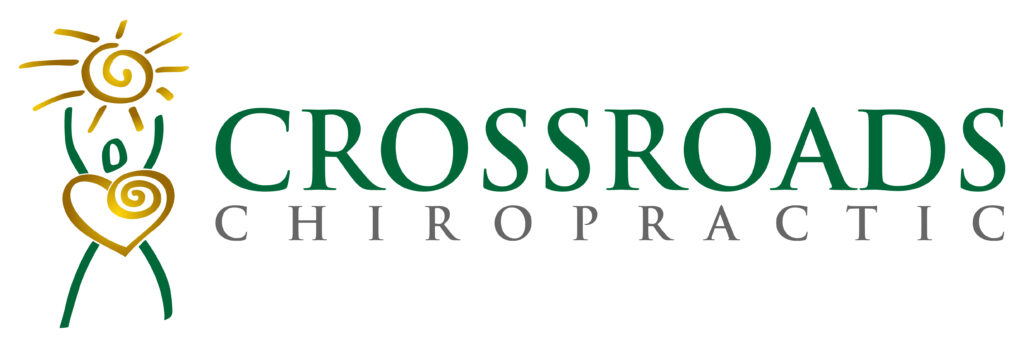Choosing safe shampoos and cosmetic products is essential for maintaining health and wellness. With
concerns around ingredients like carcinogens, endocrine disruptors, and synthetic fragrances, becoming
an informed consumer is more important than ever. Here’s how you can identify safe products without
harmful additives and keep yourself and your family safer from toxic ingredients.
- Understand the Common Harmful Ingredients to Avoid
Some chemicals found in personal care products have been associated with cancer, hormone disruption,
and other health concerns. Here are some to watch out for:
● Parabens: Common preservatives in cosmetics, parabens mimic estrogen, potentially impacting
hormone balance and increasing cancer risks.
● Phthalates: Found in many fragrances, these chemicals are linked to reproductive harm and
endocrine disruption.
● Sodium Lauryl Sulfate (SLS) and Sodium Laureth Sulfate (SLES): Common in shampoos,
these sulfates are harsh surfactants that can irritate the skin and are often contaminated with
carcinogenic byproducts.
● Formaldehyde and Formaldehyde-Releasing Agents: Preservatives that slowly release
formaldehyde (a known carcinogen) over time. Look for names like quaternium-15, DMDM
hydantoin, and imidazolidinyl urea.
● Artificial Fragrances: “Fragrance” or “parfum” on an ingredient list can contain dozens of
undisclosed chemicals, many of which can trigger allergies and hormone disruption. - Learn to Read and Decode Labels
Cosmetic labels can be overwhelming, but learning to identify key terms can make a huge difference:
● Look for Short Ingredient Lists: Products with fewer ingredients are often cleaner and safer.
Ingredients should be easy to recognize, without long chemical names.
● Seek Out Certification Labels: Certifications like USDA Organic, ECOCERT, EWG Verified,
and Leaping Bunny (for cruelty-free) help identify products that meet specific health and ethical
standards.
● Avoid “Greenwashing” Terms: Words like “natural” and “organic” are not regulated in the
cosmetics industry, so focus on certification labels rather than marketing claims. - Use Safe Beauty Databases and Apps
To make shopping easier, several apps and databases provide safety ratings for products and
ingredients:
● Environmental Working Group’s Skin Deep Database: This database rates thousands of
personal care products based on ingredient safety and provides detailed information about
potential hazards.
● Think Dirty App: Think Dirty allows you to scan product barcodes for safety scores and
ingredient details, making it convenient to check products on the go.
● INCI Decoder: INCI Decoder breaks down complex ingredient lists into easy-to-understand
terms, explaining potential benefits and risks of each component.
- Opt for Fragrance-Free or Naturally Scented Products
Many shampoos and cosmetics contain synthetic fragrances that include phthalates, which can disrupt
hormones and lead to health issues. Look for these alternatives instead:
● Essential Oil Scents: Brands that use essential oils for fragrance are typically safer than those
that use synthetic perfumes. Common safe scents include lavender, peppermint, and citrus.
● Fragrance-Free: For those with sensitive skin or allergies, choosing fragrance-free products may
be the best choice. - Research Brands Known for Clean Beauty
Many brands today are dedicated to transparency and safe ingredients. Look for brands that make an
effort to avoid harmful chemicals, provide full ingredient transparency, and undergo third-party testing.
Some examples include:
● Acure: Known for affordable and effective products, free from sulfates, parabens, and synthetic
fragrances.
● Alba Botanica: Offers products made without artificial colors, parabens, phthalates, and
synthetic fragrances.
● True Botanicals: An upscale brand with products that are certified safe and non-toxic by MADE
SAFE.
● Beautycounter: This brand advocates for stricter regulations in the beauty industry and
formulates products without over 1,800 questionable ingredients. - Choose Products with Safe Preservatives
While some preservatives are necessary for preventing mold and bacteria, many brands use safer
alternatives to harsh chemicals:
● Natural Preservatives: Ingredients like Vitamin E, rosemary extract, and potassium sorbate can
help maintain a product’s shelf life without harmful side effects.
● Phenoxyethanol: Considered a safer alternative to parabens and formaldehyde-releasing
preservatives, though it should still be used in low concentrations. - DIY Options for Ultimate Control Over Ingredients
If you want full control over ingredients, consider DIY products for simple beauty needs like shampoos,
facial masks, and body scrubs. DIY options can be effective, inexpensive, and completely free of toxic
chemicals. For example:
● Simple Shampoo: Combine castile soap, coconut milk, and a few drops of essential oils for a
safe, nourishing shampoo.
● Face Mask: Use honey, oats, and mashed avocado for a hydrating, nutrient-rich facial mask.
Making the Switch: Final Thoughts
Switching to safer shampoos and cosmetics can be a gradual process. Start by replacing products you
use daily (like shampoo and moisturizer) with safer alternatives. By using these strategies to navigate the
beauty aisle, you can make informed choices, avoid toxic ingredients, and find products that genuinely
support your health.
